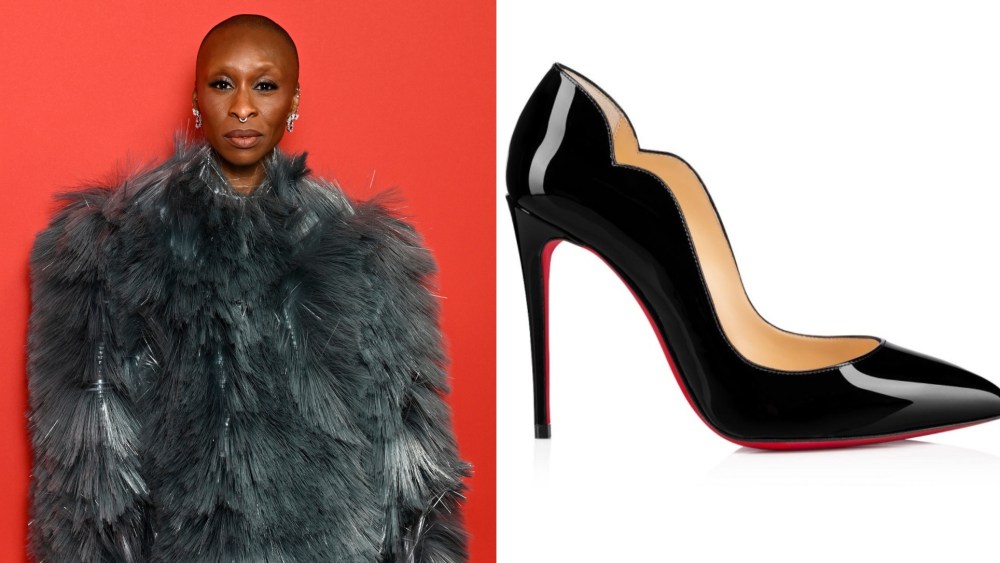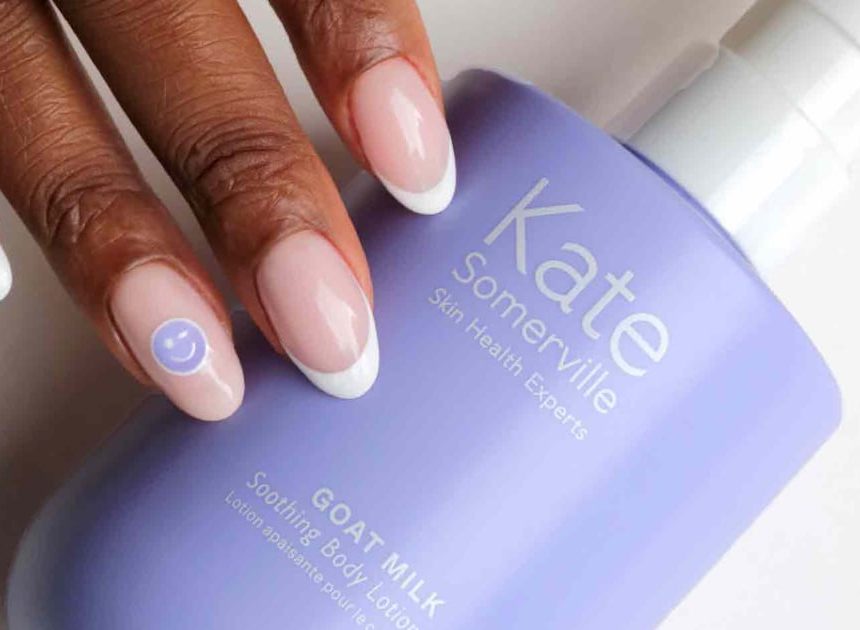Target is cutting 1,800 roles across various teams and seniority levels, according to the memo. The move will include 1,000 layoffs and close out 800 open roles.
Target has been struggling to get out of a rut caused by soft demand and inventory missteps. It also faced a backlash after it stepped away from diversity policies earlier this year.
Target shares rose less than 1 percent in extended trading in New York. The stock is down more than 30 percent year-to-date, trailing the 15 percent advance by the S&P 500 Index.
“The complexity we’ve created over time has been holding us back,” Michael Fiddelke, chief operating officer and incoming chief executive officer, said in the Thursday memo to staff. “Too many layers and overlapping work have slowed decisions, making it harder to bring ideas to life.”
While difficult, the changes are a “necessary step” in building the company’s future, he added.
Target has had smaller reorganisations, but hasn’t had significant companywide cuts since trimming several thousand jobs in 2015.
Leader roles were affected at a higher rate than individual workers, a company spokesman said, and no roles in stores or the supply chain were impacted. All US employees at headquarters were asked to work from home next week.
Target has reported an extended streak of poor performance and the loss of market share to competitors in recent years. Its business boomed during the pandemic, with shares hitting a record in 2021. Then shoppers started pulling back their spending.
The Minneapolis-based retailer said in August that company veteran Fiddelke would be its next boss, effective in February, succeeding current chief Brian Cornell. Fiddelke, who started at Target as a summer intern, has said Target needs to focus on merchandising, improving store shopping and using technology more effectively.
The headcount reduction signals a “leaner, more focused” strategy, wrote Bloomberg Intelligence analyst Jennifer Bartashus. The cuts are unlikely to have a material short-term impact on profit, but should result in more streamlined and efficient operations over time, she said in a note.
Target built a following over the years with its limited-time designer partnerships and assortments of affordable, trendy clothes, home goods and other products. Shoppers lined up for hours to get their hands on special edition merchandise, giving it the moniker Tar-zhay. Many raved about walking into the store to buy one thing and leaving with many more.
Such allure has been dimmed recently. Many customers have pointed to long wait lines, empty shelves and less distinctive items. Executives have acknowledged they’re not hitting the mark, and that they need to deliver more consistent results.
Getting back on track won’t be easy. Shoppers remain selective, with consumer sentiment remaining subdued on concerns around inflation and the job market. Competition is also stiff, with Walmart Inc. doubling down on low prices and revamping its fashion business. Other companies like Gap Inc. are leaning into designer partnerships, teaming up with brands including Dôen and Sandy Liang.
By Jaewon Kang
Learn more:
Op-Ed | Target’s DEI Flip-Flop Came at a Price
Early data indicates Target and Walmart’s store traffic has declined since their DEI exit, while Costco’s has grown, signalling that we may be entering a new era of consumer boycotts.


